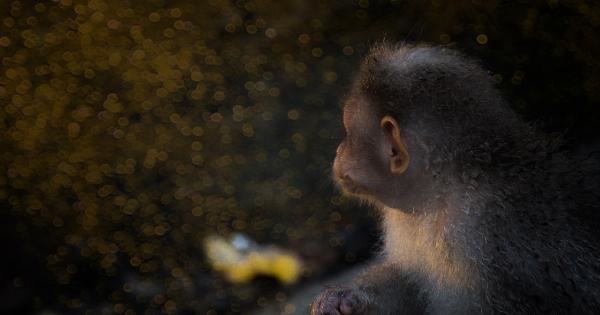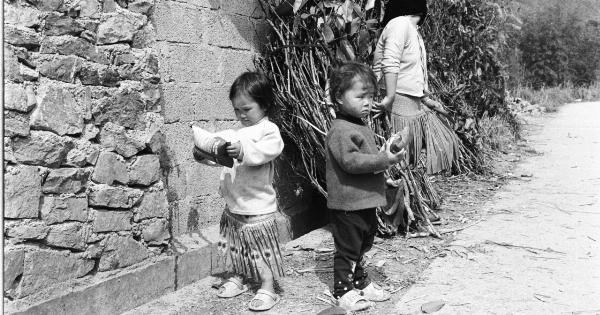Monkeypox is a rare viral disease that primarily affects animals, specifically monkeys, and occasionally humans. The virus was first discovered in 1958 when outbreaks occurred in monkeys kept for research purposes.
Since then, sporadic cases of monkeypox have been reported mainly in central and West African countries, with occasional cases in other parts of the world.
Causes and Transmission
The monkeypox virus belongs to the Orthopoxvirus genus, which also includes the variola virus (causing smallpox) and the vaccinia virus (used in smallpox vaccine).
It is believed that monkeypox is transmitted to humans through direct contact with infected animals, such as handling the carcasses, body fluids, or lesions of infected animals. Human-to-human transmission is rare but can occur through respiratory droplets or contact with the virus in lesions or other bodily fluids.
Clinical Presentation
Monkeypox in humans typically presents with flu-like symptoms, including fever, headache, muscle aches, and exhaustion. A characteristic rash then develops, often beginning on the face and then spreading to other parts of the body.
The rash progresses through different stages, including papules, vesicles, pustules, and crusts. In severe cases, complications such as pneumonia, encephalitis, and even death can occur.
Diagnosis and Laboratory Testing
Diagnosing monkeypox in humans can be challenging, as its symptoms can be similar to other diseases, such as chickenpox and smallpox.
Laboratory testing, including polymerase chain reaction (PCR) and viral culture, is required to confirm the presence of monkeypox. PCR tests can detect viral DNA, while viral culture involves growing the virus in a laboratory setting.
Current Research and Findings
Researchers have been actively studying monkeypox to understand its transmission patterns, genetic characteristics, and potential interventions. Some recent findings and ongoing research areas include:.
1. Global Distribution
A study conducted in 2018 revealed that monkeypox cases have been reported outside Africa. The study traced human monkeypox cases in Central, West, and East Africa, as well as cases in the United Kingdom and the United States.
Understanding the global distribution of the virus helps in developing effective surveillance and prevention strategies.
2. Transmission Dynamics
Researchers have been investigating the mechanisms of transmission of monkeypox from animals to humans and between humans.
A study published in 2020 suggested that contact with body fluids or tissues of infected animals, particularly rodents, is a significant risk factor for acquiring monkeypox.
3. Genomic Sequencing
Genomic sequencing of monkeypox strains has provided valuable insights into the genetic diversity of the virus.
A study published in 2019 identified five distinct clades of monkeypox virus and demonstrated the potential for rapid evolution and adaptation. Understanding the genetic variations of the virus aids in the development of diagnostic tools and vaccines.
4. Vaccine Development
Currently, no specific antiviral treatment for monkeypox exists, and prevention mainly relies on smallpox vaccination due to its cross-reactivity. However, researchers are actively working on developing a targeted vaccine for monkeypox.
Several vaccine candidates, including live attenuated vaccines and subunit vaccines, are being evaluated in preclinical and clinical trials.
5. Animal Reservoirs
The identification of potential animal reservoirs for monkeypox is crucial for understanding its transmission dynamics and implementing control measures.
Recent studies have suggested that non-human primates, rodents, and even domesticated animals could serve as reservoirs for the virus. Identifying and monitoring these reservoirs can help prevent further transmission to humans.
6. Disease Surveillance and Reporting
Efficient disease surveillance and reporting systems are essential for early detection and containment of monkeypox outbreaks.
Capacity building in affected countries, improvement of laboratory diagnostic capabilities, and collaboration between national and international health agencies are ongoing efforts to strengthen surveillance strategies and prevent the spread of the disease.
7. Vector-Borne Transmission
While human-to-human transmission is relatively rare, researchers have investigated the potential for vector-borne transmission of monkeypox.
A study conducted in 2017 suggested that certain species of mosquitoes may play a role in transmitting the virus. Further research is needed to understand the significance of vector-borne transmission in the overall epidemiology of monkeypox.
8. Antiviral Therapies
As monkeypox cases increase in both human and animal populations, there is a growing need for effective antiviral therapies. Researchers are exploring various compounds and drug candidates with potential antiviral activity against monkeypox.
Identification of promising therapeutic options can significantly improve patient outcomes and reduce disease burden.
9. Risk Assessment and Modeling
Risk assessment models play a crucial role in predicting and mitigating the impact of monkeypox outbreaks.
Researchers utilize data on transmission dynamics, reservoirs, and spatial patterns to develop models that estimate the potential risk of monkeypox in different regions. These models can guide targeted surveillance and resource allocation for prevention and control measures.
10. Public Health Education
Effective public health education and awareness campaigns are vital in preventing monkeypox transmission and facilitating early detection.
Ongoing research aims to understand the knowledge, attitudes, and practices surrounding monkeypox in high-risk communities. This information helps in designing culturally appropriate educational materials and interventions to promote preventive behaviors.





























